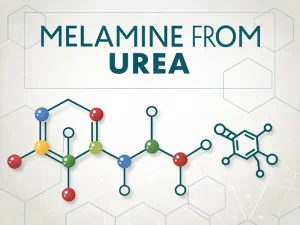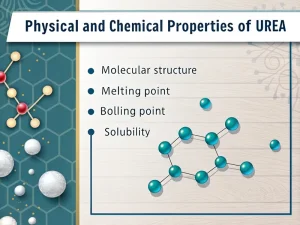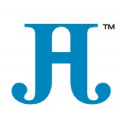
High Pressure Nelamine Use For Melamine Tableware Advantage
Tech Blog High Pressure melamine Use For Melamine Tableware Melamine tableware has become a staple for households, restaurants, and catering services worldwide due to its

This article starts by explaining melamine and its physical and chemical properties. It then provides a detailed understanding of its solubility, whether it is soluble in water, and what is the best solvent for it. It provides a simple and clear answer to your questions about the solubility of melamine.

Melamine powder appears as a white monoclinic crystal.
It has a relatively high density of 1.573 g/cubic centimetre, about half greater than water’s.
When heated, it sublimates. It is almost odourless.
It is weakly alkaline and can form melamine salts when encountering acidic substances.
Under normal pressure, it decomposes at 354°C and sublimates at 300°C after rapid heating.
Melamine is slightly soluble in water, with a solubility of about 3.1 g/L at 20℃. The solubility changes with temperature, which is more soluble in hot water than cold water.
Specifically, the solubility of melamine in water below 40 ℃ is less than 0.9%, and its solubility gradually increases with increasing temperature. For example, the solubility is 6.4% at 100 ℃ and 7.1% at 110 ℃.
Melamine is soluble in formaldehyde, acetic acid, hot ethylene glycol, glycerin, pyridine, etc.
The solubility of melamine in acetone is 0.3 g/L, in ethanol it is 0.6 g/L, in dimethylformamide it is 0.1 g/L, and in ethyl cellosolve it is 11.2 g/L at 30 °C.
It is insoluble in acetone, ethers, carbon tetrachloride, and benzene.
Under weakly acidic conditions, the solubility of melamine is greater than that under neutral and alkaline conditions.
The solubility under alkaline conditions is slightly greater than that under neutral conditions.
Under certain pH conditions, the solubility increases with temperature.
Under strong acid and alkaline conditions, its solubility increases significantly with acidity and alkalinity.
It’s difficult to simply label one as the “best” solvent as it depends on the specific application and requirements.
For example, in the production of melamine-formaldehyde resins, formaldehyde is a key solvent. In some chemical processes where certain properties are needed, acetic acid or pyridine might be more suitable.
If considering factors such as availability, cost, environmental impact, and solubility under specific conditions, different solvents may be preferred in different contexts.
Melamine is soluble in formaldehyde, and this property is crucial in the manufacture of melamine-formaldehyde resins. These resins are widely used in various industries. They offer excellent durability and hardness in the field of adhesives and coatings.
In the leather industry, it serves as a tanning agent and filler, enhancing the quality and properties of leather products. It can also be used as a fabric treatment agent to prevent wrinkles and shrinkage, improving the durability and appearance of textiles.
Melamine is a compound with distinct physical and chemical properties. Its solubility in different solvents and under various conditions significantly influences its potential applications.
By understanding these properties and applications, we can make more informed decisions about using melamine in other fields and be aware of its potential risks.

Tech Blog High Pressure melamine Use For Melamine Tableware Melamine tableware has become a staple for households, restaurants, and catering services worldwide due to its

Tech Blog Melamine packaging For manufacturers, inaccurate packaging not only fails to meet national standards but also increases labor costs and the risk of product

Tech Blog How to Detect Melamine in Textiles? Melamine powder, a nitrogen-containing heterocyclic compound, is widely used in flame-retardant textiles and plastic products due to

Tech Blog urea vs anhydrous ammonia Nitrogen is the “lifeline” of crop growth, directly affecting leaf development, photosynthetic efficiency, and yield potential. For global farmers,

Tech Blog melamine from urea Melamine is well-known for its wide range of applications, but its raw material for production is surprisingly urea. For manufacturers,

Tech Blog physical and chemical properties of urea Urea, with the chemical formula CO(NH2)2, is a simple organic compound that plays a central role in

JINGJIANG MELAMINE POWDER
© JINJIANG MELAMINE